What are Epoxy Fillers?
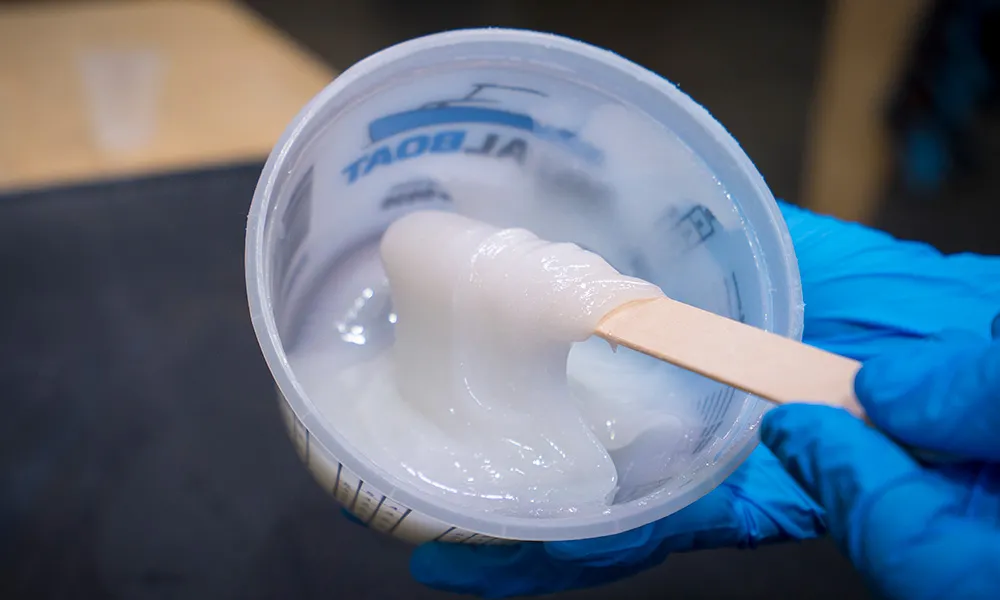
Epoxy fillers are used to thicken liquid epoxy for various purposes other than coating or wetting out fiberglass. With fillers, you can use one epoxy system for many different applications, such as adhesive bonding, fairing, gap filling, and filleting, instead of buying separate resins for each. All of these applications are used in boat building and repair, woodworking, and household projects.
It’s important to note that there are pre-thickened epoxy products that can be used for these applications, but it’s easy to make your own. It’s also more economical to make use of the epoxy you already have on hand.
What are the Different Types of Epoxy Fillers?
Epoxy can be thickened to the ideal consistency needed for a particular job. Some epoxy fillers are better for creating structural adhesives, some are easier to sand and make better fairing compounds. In many cases, it’s better to combine fillers to make the mixture more effective.
Colloidal Silica

Colloidal silica is a fine, white powder (also called Silica Thickener, Fumed Silica, Cab-O-Sil®, and Aerosil®). You can mix it into epoxy in varying amounts to get the consistency you need to glue items together, fill gaps, fill holes, and create structural fillets. Silica makes a putty sag resistant and gives it more body.
The properties that make colloidal silica the ideal structural epoxy filler also make it hard to sand. If needed, you can mix in some microballoons to make sanding easier. Colloidal silica is sometimes added in with other epoxy fillers to prevent sagging.
Microballoons
This lightweight epoxy filler consists of glass or plastic (phenolic) microspheres that are mixed with epoxy to create a lightweight fairing compound that’s easy to sand and easy to shape.
To keep the mixture from sagging on vertical or overhead surfaces, you can mix in some colloidal silica. Likewise, if you’re using colloidal silica, but need to make the mixture easier to sand when cured, you can add microballoons.
Milled Glass Fiber
Milled glass fiber is finely ground fiberglass filaments that are used to thicken epoxy to create fine fillets or to fill thin gaps. This epoxy fiber filler provides high strength and maximum resistance to cracking. This epoxy filler can form a rough or jagged surface when cured and is not designed for applications where sanding is necessary.
Colloidal silica can be added to the mixture to prevent sagging, if needed. You can also add microballoons to make the mixture easier to sand, if desired.
Wood Flour
This resin filler is a fine powder made of pulverized wood. When added to epoxy, it creates a structural adhesive. To make it easier to sand, combine it with microballoons. To keep it from sagging, add colloidal silica.
Wood flour is ideal for wooden boat builds because it adds a wood color tone to the epoxy mixture. To help match your wood species, you can use epoxy-compatible pigment dispersions or universal pigments to tint epoxy thickened with wood flour.
When to Use Epoxy Fillers
Adhesive Bonding and Gap Filling
For bonding hardwoods and metals, or filling large gaps, use a high-density filler such as colloidal silica, for maximum-strength bonds. Mix epoxy and colloidal silica until the mixture is the density of mayonnaise.

Laminating
Laminating involves gluing together strips of wood, planks, core materials, or plywood sheets and then clamping them together to hold them in place until cured. To create the glue needed for this application, mix milled glass fibers with epoxy until the mixture is the consistency of ketchup.

Fairing
Fairing means making a surface level by filling in low spots or reshaping voids, and is a common activity in boat and DIY home repairs to fix dents, dings, and gouges. Microballoons mixed with epoxy creates an ideal fairing compound because microballoons make the compound easier to sand smooth, once cured. To thicken the putty a little more so it stays in place, add colloidal silica. You’re looking for a consistency similar to smooth peanut butter.
Here’s an easy recipe for making your own epoxy fairing compound.
- 1 part mixed epoxy resin and hardener
- 3 parts microballoons
- 1 part colloidal silica

Filling Smaller Holes
To fill small holes such as nail or screw holes, mix milled glass fiber into epoxy until you get the desired consistency.
Filleting
A fillet (sounds like ‘fill-it’) is a continuous bead of mixed, thickened epoxy applied to the angle joint formed where two parts meet, such as two pieces of plywood. Fillets create a strong structural brace, without the need for fasteners. Fillets are used in wooden boat building and repair and can be used for DIY home repairs on trim and window frames.
Wood flour is ideal for fillets because it absorbs the epoxy to create a stiff, strong putty that’s the color of wood.
For fillets, it’s more effective to combine fillers than to use wood flour alone. For example, blending wood flour, microballoons, and colloidal silica creates a filleting putty that stays put, feathers to a finer edge and creates a smoother surface than using wood flour alone.
For an effective epoxy wood filler for filleting, combine the following. Add microballoons, if needed, to make the mixture easier to sand. The mixture should have the consistency of smooth peanut butter. This mixture is also good for filling wood cracks with epoxy, filling holes in wood with epoxy, and filling large voids in wood with epoxy.
- 1 part mixed epoxy resin and hardener
- 2 to 3 parts wood flour
- 1 part colloidal silica

 How to Add an Epoxy Filler
How to Add an Epoxy Filler
- Be sure to wear proper safety gear when working with epoxy and adding epoxy fillers, and when sanding cured epoxy. You don’t want to breathe in any of the fumes, filler particles or dust.
- Before adding an epoxy filler, mix the epoxy resin and hardener components together thoroughly, according to the mix ratio (for example, 2:1 or 5:1) specified by the resin manufacturer.
- Stir fillers in gently to keep the particles from becoming airborne.
- If you’re planning to add colloidal silica to a mixture containing other epoxy fillers, add the colloidal silica last.
- If combining more than one filler in your mixture, stir each one in thoroughly before adding another – don’t try to stir all in at once.
- Any added epoxy resin filler or thickener can affect the pot life or working time of the epoxy. Specifically, epoxy fillers increase the volume of material, shortening the working time of the epoxy, and adding to the exothermic reaction. We recommend testing a small batch before using on your actual project.
- Due to the shortened working time caused by adding filler, if the epoxy you’re using has a slow speed hardener available, you may prefer it over a fast speed hardener. Typically, traditional 5:1 epoxy systems and clear high performance 2:1 epoxy systems have hardeners of varying speeds.
- One final note – for some applications, the mixture may consume a deceivingly large amount of fillers or thickeners to achieve the desired viscosity/consistency, so you’ll want to work quickly and diligently.
Which Epoxy Filler Should I Use?
| Application | Silica Thickener | Milled Glass Fiber | Microballoons | Wood Flour |
| Fairing | ✔ (mixed with microballoons) | ✔ | ||
| Filleting | ✔ (mixed with microballoons) | ✔ | ✔ | ✔ |
| Gap Filling | ✔ | ✔ | ||
| Bonding | ✔ | ✔ | ||
| Strengthening | ✔ | ✔ | ||
| Sanding | ✔ | |||
| Preventing Sagging | ✔ | ✔ (in thick enough concentration) | ||
| Extending | ✔ | |||
| Minimizing Shrinkage | ✔ | ✔ | ||
| Reducing Weight | ✔ | |||
| Repairing Surfboards | ✔ |
If you have any questions about epoxy fillers, please call our Tech Support Team at (800) 497-0010.
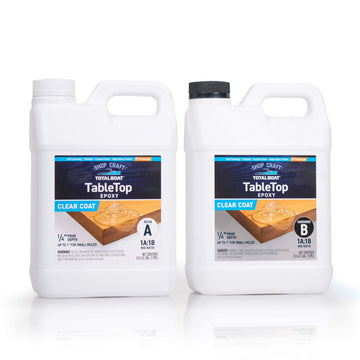

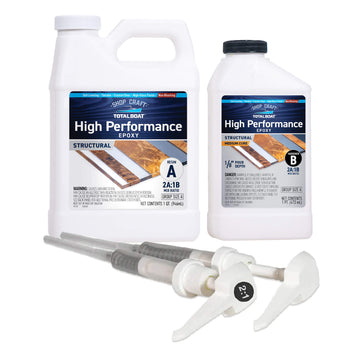
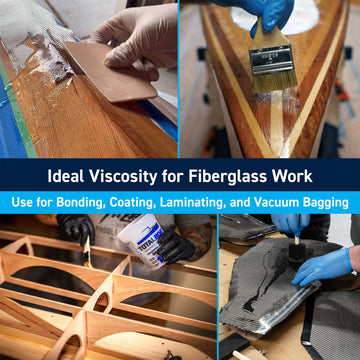
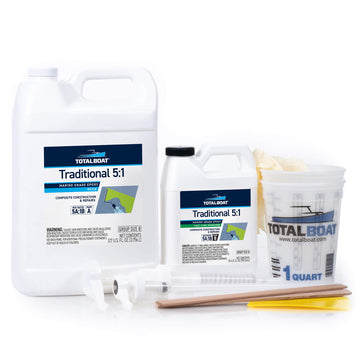
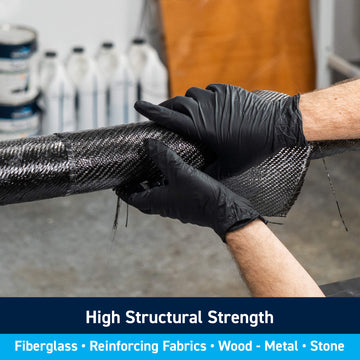
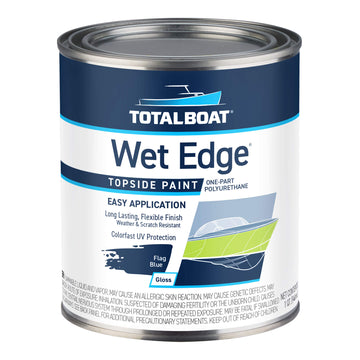

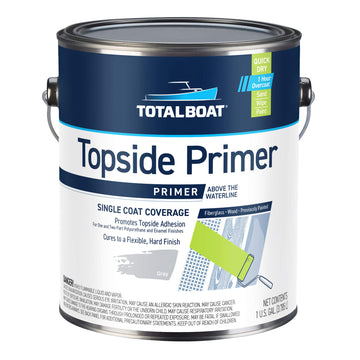

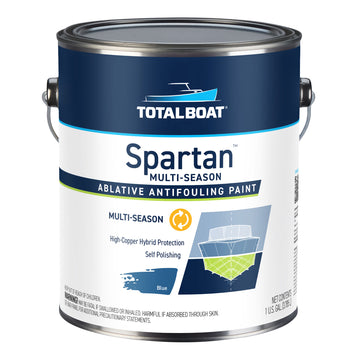
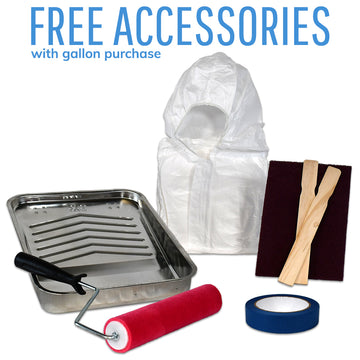
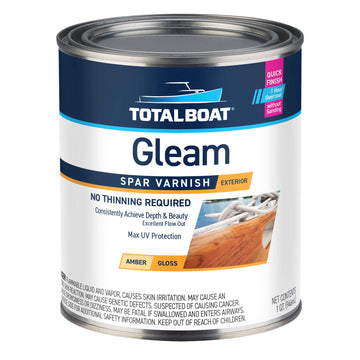

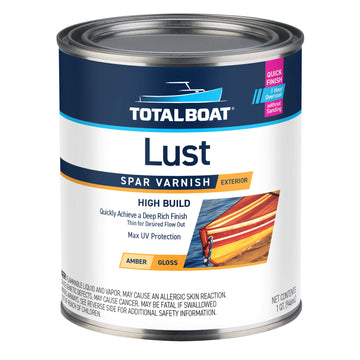
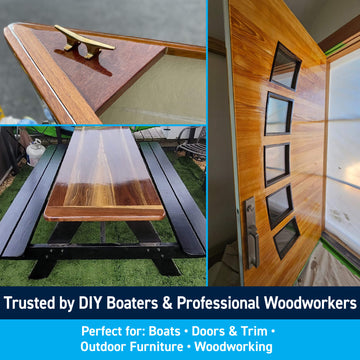
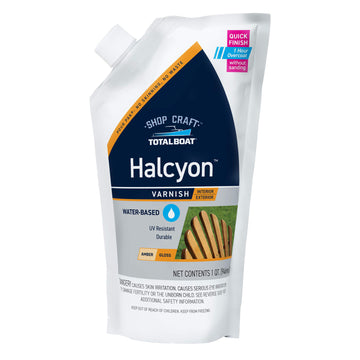
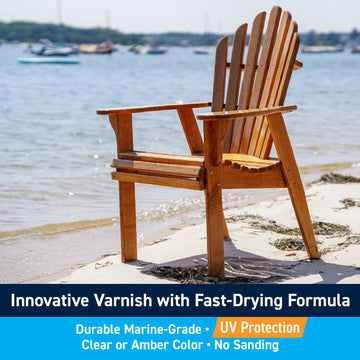




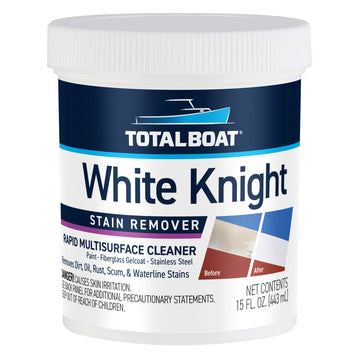
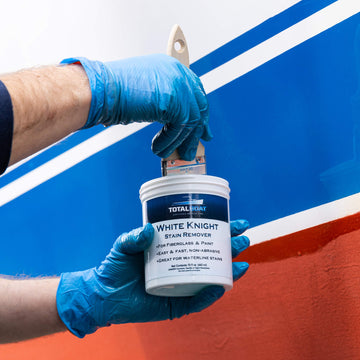






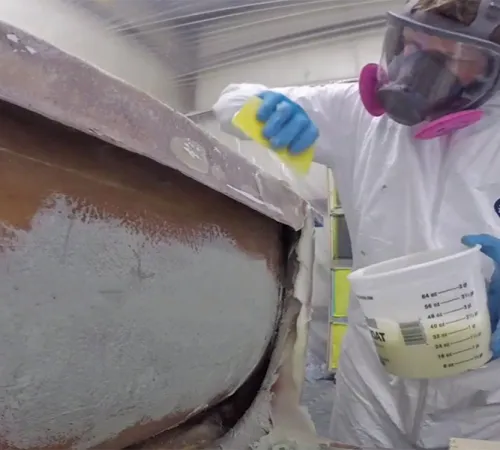
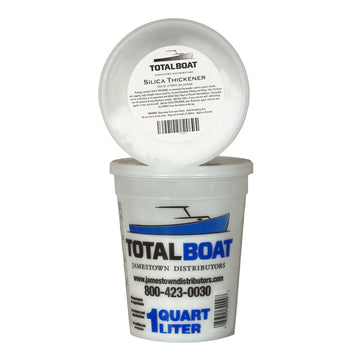
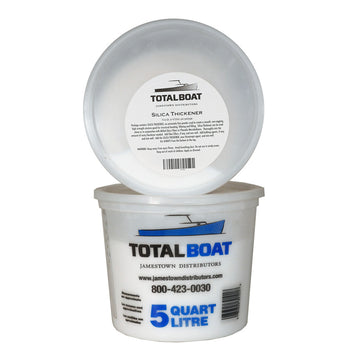
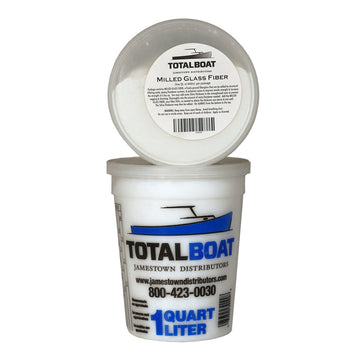
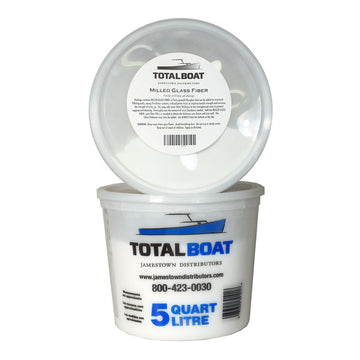
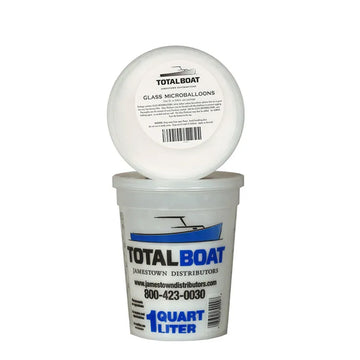
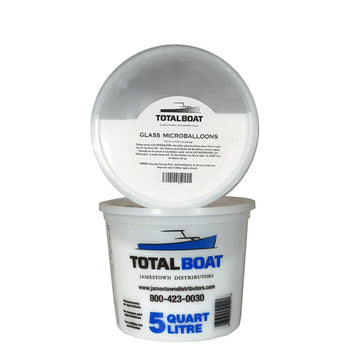




3 comments
In my experience adding wood flour to the epoxy has significantly increased pot life. The epoxy generates heat during the hardening process but the wood flow is an inert addition to the volume and seems to delay the time where you would expect the heat rise that signals the end of the pot life. Experiment with a small amount to thickness of soft peanut butter.
Request comments only from those who actually try it.
In my experience adding wood flour to the epoxy has significantly increased pot life. The epoxy generates heat during the hardening process but the wood flow is an inert addition to the volume and seems to delay the time where you would expect the heat rise that signals the end of the pot life. Experiment with a small amount to thickness of soft peanut butter.
Request comments only from those who actually try it.
Have an unusual situation. Going to be doing repairs on a 25 year old creek and water fall system that has had some setting and minor leaks. Want to use a waterproof filler that I can manipulate into tight spaces without making a mess. Where sanded grout exists, there has been chipping and cracking around some of the boulders. Have tried out the very think knead to use sticks, works, but is just a little too thick, and not cost effective. Like the idea of the fiberglass additive, and would like to be able to roll the ‘goop’ into longish strings that I could then press and mash into the areas I want to seal. Any ideas?